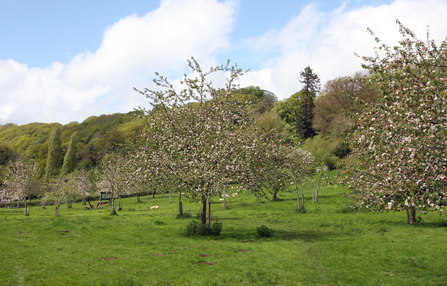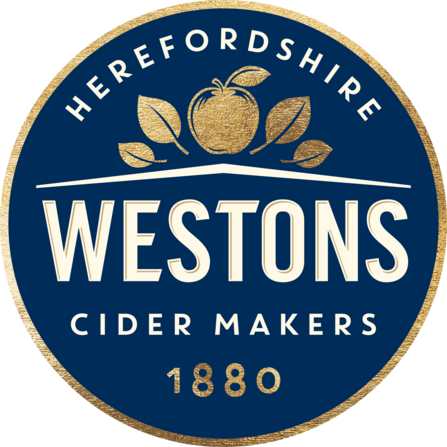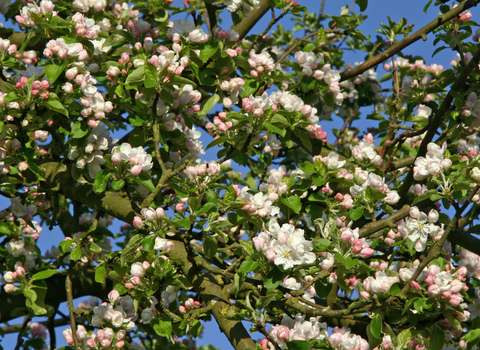Spring is one of the most beautiful and uplifting times of year in our orchards and feels full of promise. March is too early to see much blossom with most apple varieties blossoming between mid-April and June but buds will be forming and new leaves springing out in their brightest of greens.
What may well be in flower are wildflowers amongst the grasses growing beneath the trees. In a traditional orchard, the grass would often be cut for hay in the summer then sometimes grazed by sheep or cows over winter with no other fertilizers added. This results in a meadow bursting with a variety of grasses and wildflowers and you can still see examples of lovely orchard meadows in Herefordshire. Wildflowers to look out for in March and April include pretty yellow primroses, delicate lady’s smock, dog violets and the bright yellow lesser celandine. In some places you may be lucky to see swathes of native daffodils nodding in the spring breeze.



